This post is also available in: polski
Puchły. An image from Podlasie
If I have any influence on what a tourist will see in our region, I always recommend the Land of Open Shutters. Some readers may ask, why Puchły and Soce all over again? Am I monothematic? No! I love and always include Supraśl, Tykocin, the Knyszyńska Forest, Białowieża Primeval Forest, Narew National Park and many other gems in the sightseeing program. However, I am convinced that if we are to build a positive and full image of Podlasie people should be shown the picture they are waiting for:
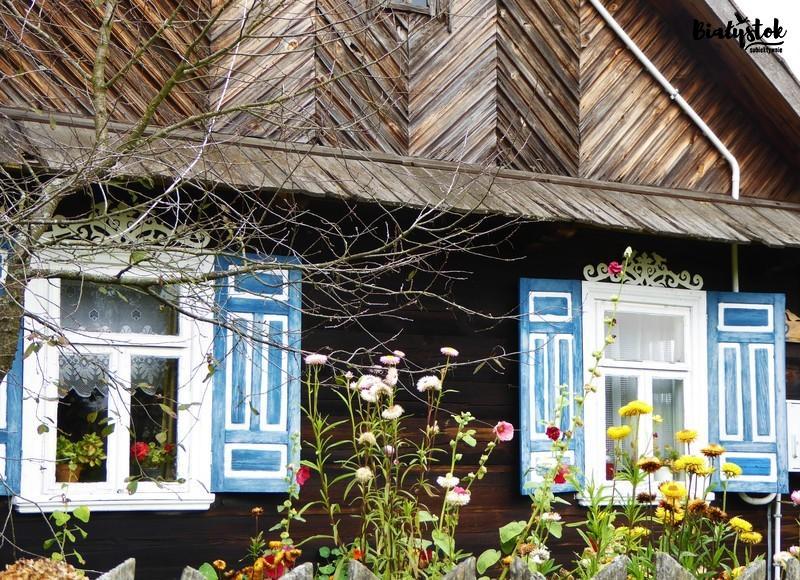
It is a motif that calls from the photoblogs and websites to people from all over Poland – come to us! Old huts with shutters, surrounded by charming gardens with old-fashioned flowers and people living at a pace 30 times slower than city dwellers. This picturesque land plus silence which is just overwhelming, and spontaneous old traditional Polish hospitality… You will find dozens of wonderful villages in Podlasie, but I head for Soce, Trześcianka and Puchły for several reasons:
- a convenient location on the way from Białystok to the Białowieża Forest,
- a possibility of organizing a quick tasting of Podlasie homemade products,
- an impressive, beautifully situated Orthodox church in Puchły.
Puchły – legends, facts and tragedies
In Wikipedia, in blogs and in every article about Puchły you will read a legend about a sick old man who prayed for his health in a hut by an old lime tree. In the branches of the tree, Mother of God appeared to him. The swelling this man was tormented with was gone, the village is now called Puchły (from swelling in Polish) and in this place an Orthodox church was built, and to this day the famous image of Our Lady has been worshipped. Legends have it in common (like the one about Gediminas who founded Białystok) that we will not find the truth from them. The history is slightly more complicated.
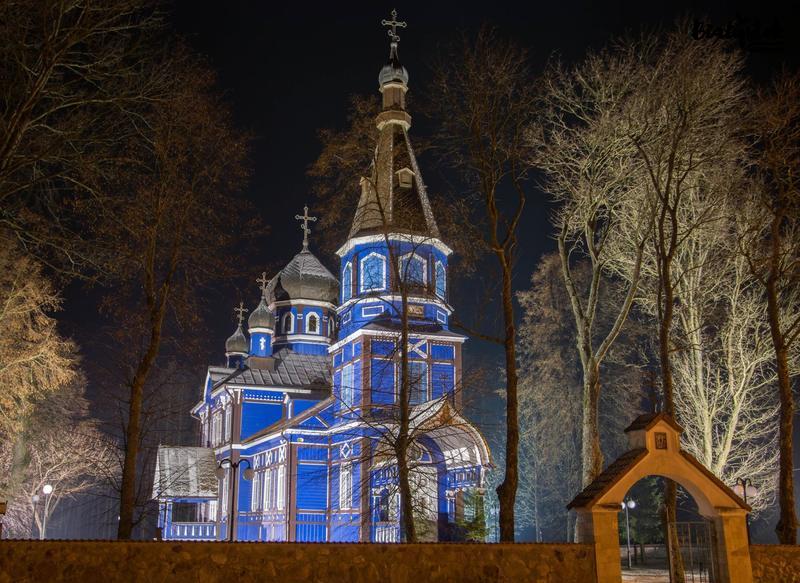
- The name of the village most probably comes from the Puchłowski family, the family with such a name appears in the earliest sources and still in the 19th century in the censuses of inhabitants.
- The oldest known record of Puchły dates back to 1578 (the Recruitment Book).
- The Marian center in Puchły could have been established as a resistance to a strong, persistent pagan cult in nearby Ciełuszki, which at that time was called Święciciele.
- The surrounding villages such as Soce or Dawidowicze were the royal property and Puchły…were a private village until the expropriation of the last owners (the Dykałowicze) by the communist authorities.
- On the map from 1800, Puchły are described as … Rychły. Is it possible that the meticulous Prussian administration made a mistake? Or perhaps the village was originally called Rychły?
- The first miraculous image of the Care of Our Lady of Pokrow was most probably burned during the fire of the temple in 1771.
- Today’s icon dates back to the 18th century, to the time when the parish of Puchły was a Uniate parish. Although the painting has a Byzantine scheme, it shows characters characteristic of the images of the Catholic Latin civilization: in the lower part of the icon there are representatives of all states – the ruler in the ermine coat, aristocracy, nobility, hierarchs of the church with pastoral, Basilian monks. To date, in the attic of the temple one can find icons from the Uniate period (one of the examples in the gallery is the Way of the Cross).
- Despite several centuries of Latinization of the temple and Polonization of parishioners, they were aware of their uniqueness (i.e. the fact of being Rusian) and when in 1839 the union was dissolved, the parishioners officially returned to the faith of their ancestors, i.e. to the Eastern Orthodox Church.
- In the second half of the 19th century Puchły became known throughout the Russian Empire. Priests Grzegorz and Flor Sosnowski were active here. The pioneers of education, they were tirelessly fighting against illiteracy and backwardness of their parishioners. The effects of their longtime work brought a wonderful harvest. The local peasants understood the opportunity offered by education. Readings, lectures and a network of parish nurseries changed the mentality of the inhabitants. Sometimes even a few hundred people took part in lectures.
- In 1887, the parish library, which existed here for only two years, consisted of 6000 volumes! In 1883 there were only 15 parish nurseries in the whole Lithuanian Diocese, four of them in the Puchły parish! (Puchły, Soce, Dawidowicze, Ciełuszki)
- On October 14th, on the day of the Holiday of Pokrow, thousands of believers came to Puchły. To this day, every year a few hundred visitors enjoy October’s church fair; however, for comparison, in 1938… about 20 thousand pilgrims from three districts were recorded!
- The miraculous painting was famous for its graces in the whole region. Our Lady of Puchły was the patron saint of breeders and that is why peasants not only prayed but also made sacrifices in the form of piglets, poultry, eggs and other crops – it still happened in the 1970s.
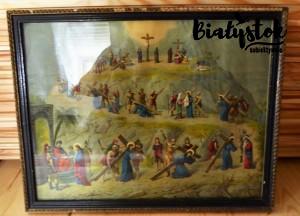
- probably the first church was destroyed during the hurricane in 1754, the second one was built in 1756 as a Uniate church and burnt down in 1771, the next one was built in 1798, was renovated many times but turned out to be too small and in 1913 the construction of today’s temple began.
- The construction was interrupted by the forced evacuation of the inhabitants deep into Russia, called “bieżeństwo” which means exile in Russian. In the years 1915-1918 a prisoner-of-war camp was set up in the church. Parishioners returning from wandering suffered from hunger and poverty, the reconstruction of the church was delayed to the later years of the interwar period. An additional blow to the community was the fire of the cemetery chapel. The parish lost its icons and valuable archives.Today’s polychrome on the walls and vault of the temple was created at the beginning of the 1960s, then the iconostasis was also renewed.
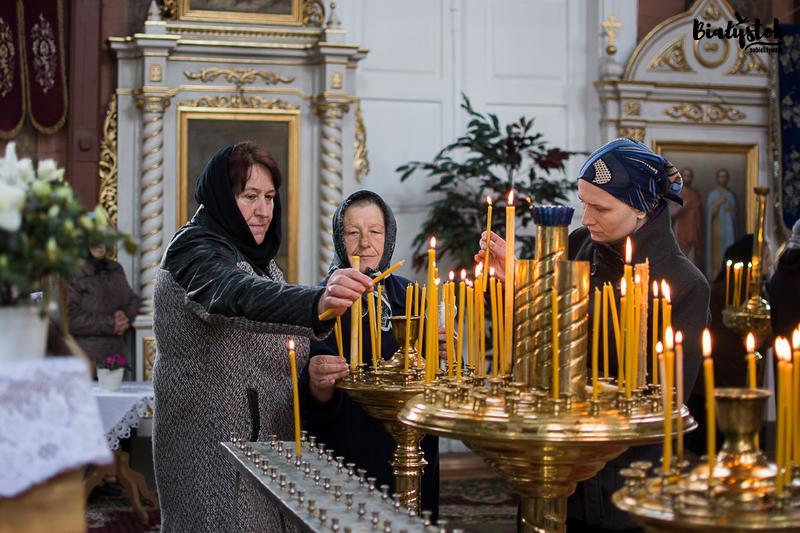
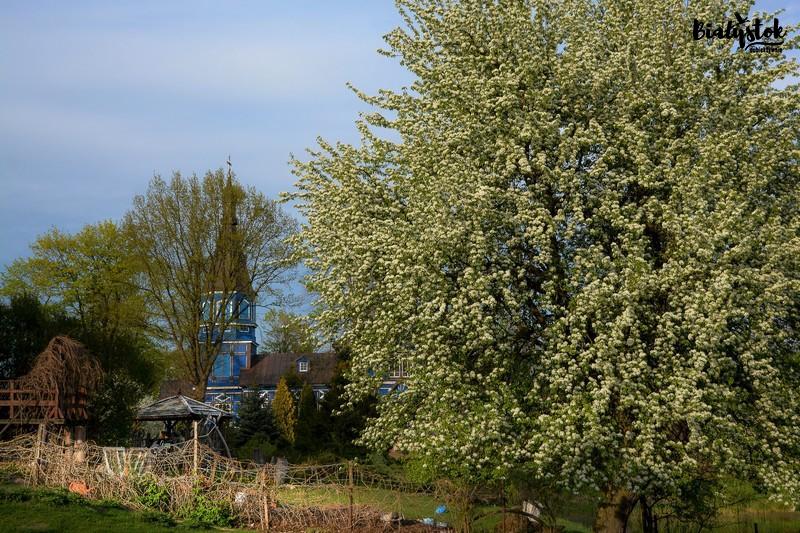
The stunning interior
Every newcomer finds the church in Puchły genuinely impressive. Whichever side we would approach, it unexpectedly emerges from the sea of greenery, situated on a small hill, on the Narew River. Beautiful and modest – a silent witness of thousands of human joys and misfortunes. It lasts and, against all odds, attracts … believers, tourists, experts in architecture. The interior surprises as well: the white, luminous iconostasis, polychromies – simple, folk, compliant with the requirements of the local community – maybe that is why they are close to the heart and give a sense of community with the presented figures. I invite you to see the photo gallery. The church is delightful at any time of the year. We cordially invite you – relaxation, rest and contact with nature guaranteed!
Puchły. Galeria zdjęć Tadeusza Doroszko
– a friend and a partner of our blog. Find more stunning pictures of Tadeusz – HERE.
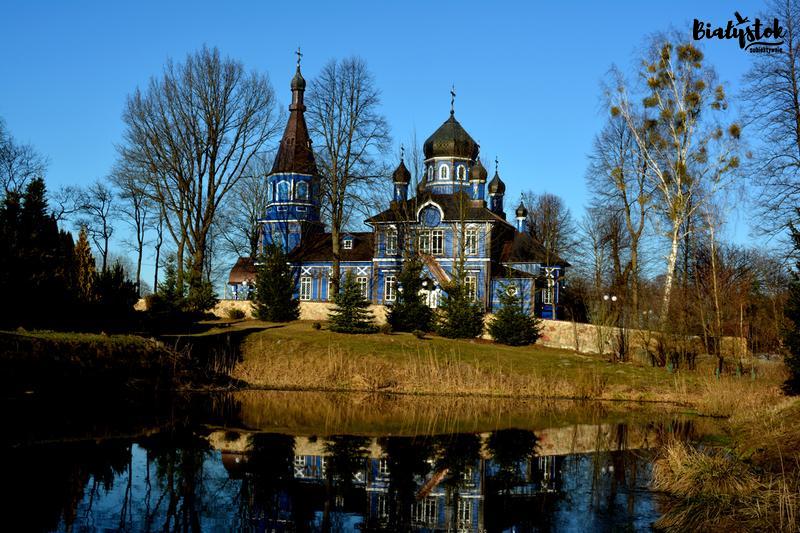


The above entry was based on the article “History of the Parish of the Care of Our Lady in Puchły” by Irena Matus, which was published in the Orthodox Calendar for 2016 and the book “Holy Sites and Wonderful Icons Orthodox Sanctuaries in Białystok region” by Fr.
I would like to thank Marek Korniluk for the opportunity to make the 1800 map available.
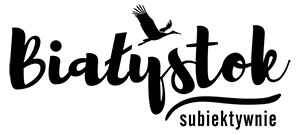

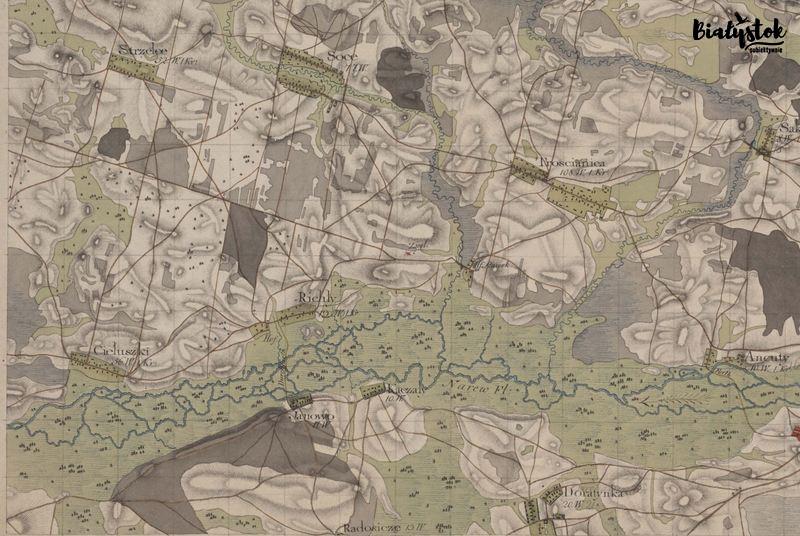
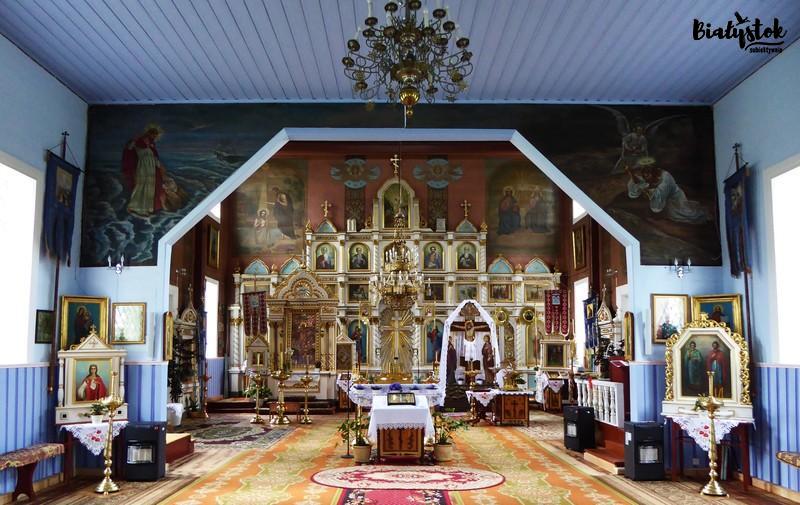
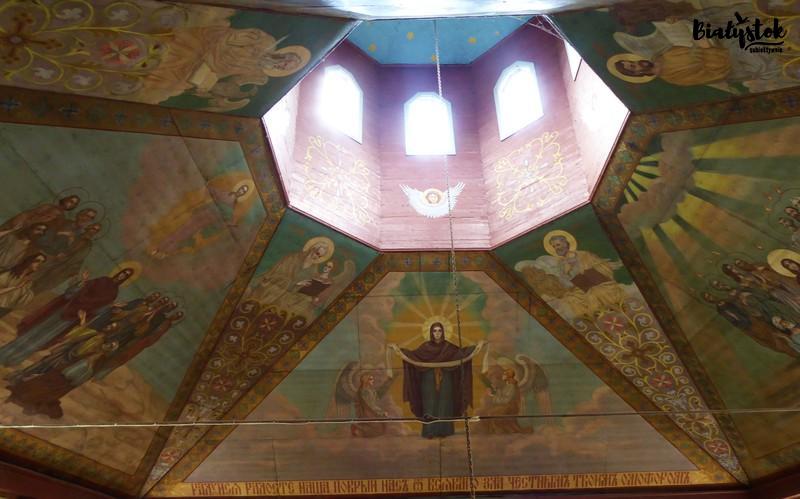
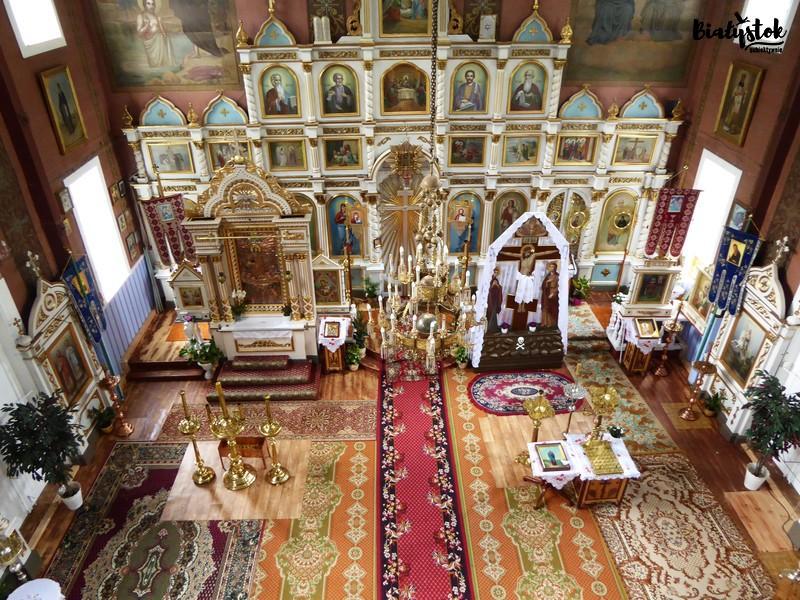
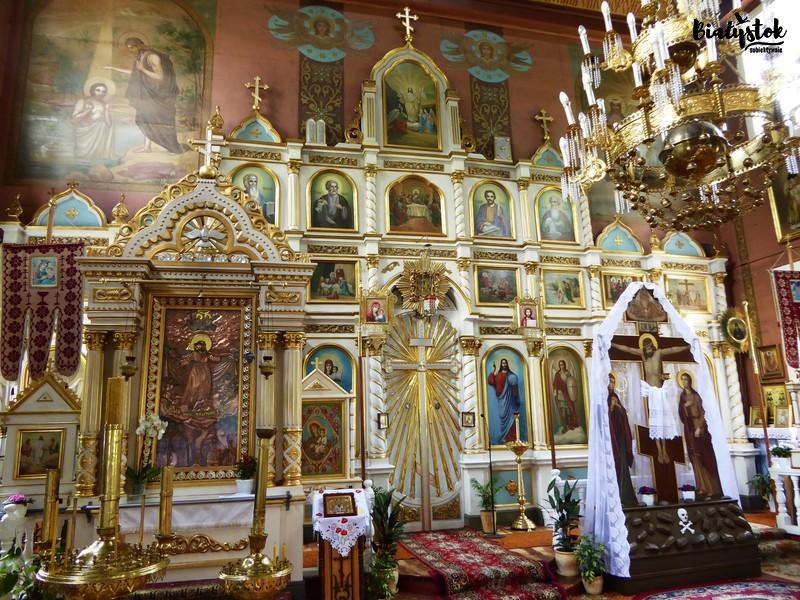
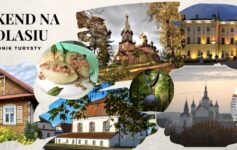




Leave a Reply